Seattle-based architect Jim Olson, who designed Denver’s Kirkland Museum of Fine & Decorative Art, fondly refers to the building as a jewel box. Inside and out, the museum that opened to the public on March 10, 2018, is undoubtedly a treasure, the gilded vision of founder and curator Hugh Grant and Merle Chambers, his former wife.
Even before entering the museum at 1201 Bannock Street, visitors get a sense of the extraordinary quality of the 38,500 square foot museum built at a cost of $22 million with a land purchase of $7.7 million. The Kirkland offers passers-by representative views of objects d’art displayed in exterior-mounted glass showcases.
In his architect’s statement, Olson wrote, “While the layout and elevations of the building are calm and simple, the materials cladding the exterior are full of energy. The main element of the building will be a large yellow box clad with vibrant terra cotta bars of varying shades of yellow. These bars will be punctuated by glass backed in gold. The façade will sparkle in the Colorado sunshine like a Kirkland painting.”
The museum’s namesake, Vance Kirkland, was an American artist who lived from 1904–1981, and arguably ranks as Colorado’s most celebrated painter. The museum spotlights Kirkland’s five major periods: Designed Realism, Surrealism, Hard Edge Abstraction/Abstractions from Nature, Abstract Expressionism, and the Dot Paintings for which the artist is most well known. Kirkland was also an avid collector of decorative arts, which rounds out the museum’s collection.
The golden Kirkland adds to Denver’s increasingly impressive Golden Triangle Creative District. The district includes the Denver Art Museum’s North Building by Gio Ponti, the Hamilton Building by Daniel Libeskind, the Clyfford Still Museum, and the central branch of Denver Public Library by Michael Graves.
“The museum building by itself is sublime,” said BJ Dyer, a Denver florist who owns Bouquets and served on the planning team for the Kirkland’s gala. “It's minimalist without being stark. The building acknowledges the pedestrian view, as well as the scenic view of the structure. The collection it will hold is amazing. The combination of the two creates a magic synergy.”
In addition to the showy façade, the museum exterior also reveals a more humble Arts & Crafts structure from 1910-1911 — the building that served as Vance Kirkland’s art school, painting studio, and eventually his namesake museum. For historic and sentimental reasons, the Kirkland relocated the building.
“We would not have moved the museum if it were not possible to take the studio along,” said Maya D. Wright, the Kirkland’s historian. “Watching a three-room brick building roll down the street on remote-controlled articulated wheels was one of the most memorable days of my career.”
Relocating the building, which was the brainchild of Chambers, allowed the museum to maintain its membership to Historic Artists’ Homes and Studios, a program of the National Trust for Historic Preservation.
“This membership ties us to illustrious national artist sites including the homes and studios of Jackson Pollock/Lee Krasner, Thomas Hart Benton, Georgia O'Keeffe, Charles Burchfield, N. C. Wyeth, Grant Wood and others,” said Wright.




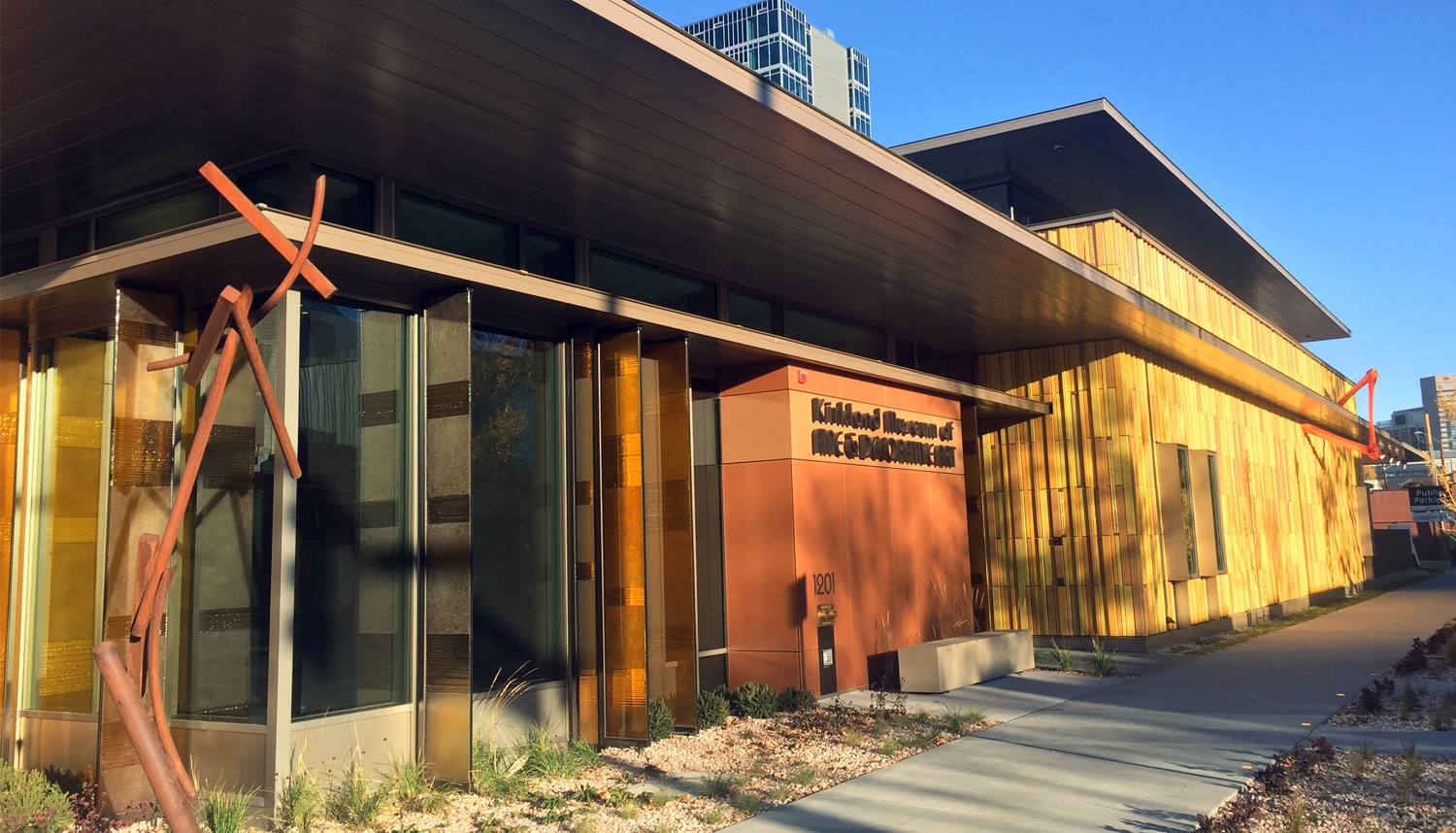
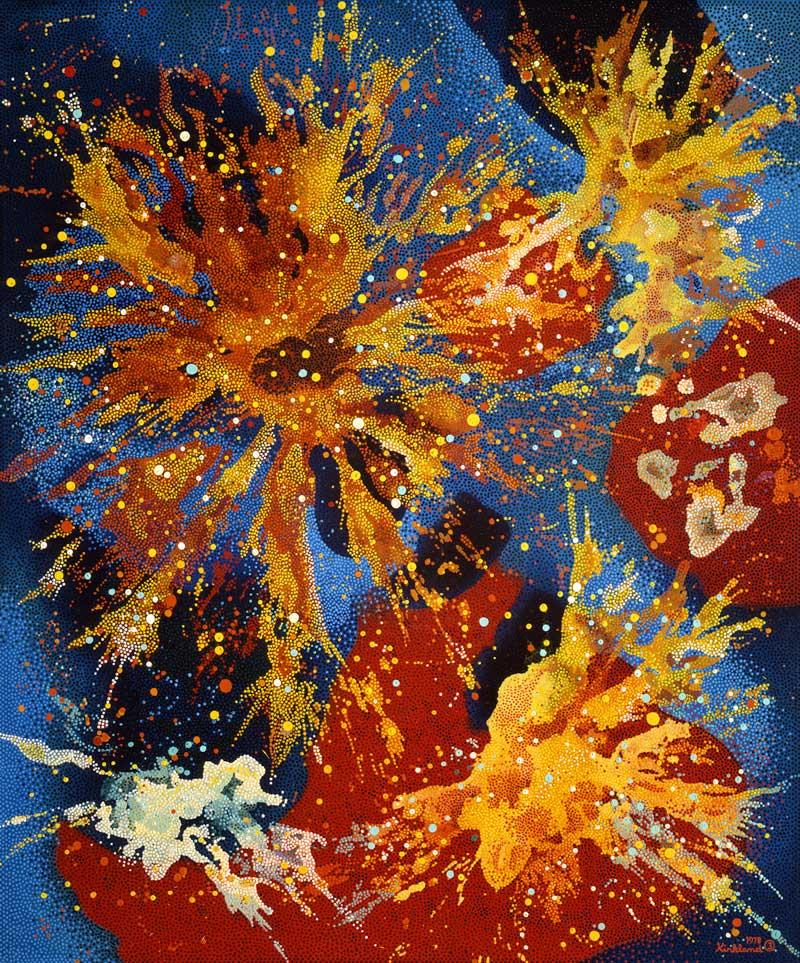

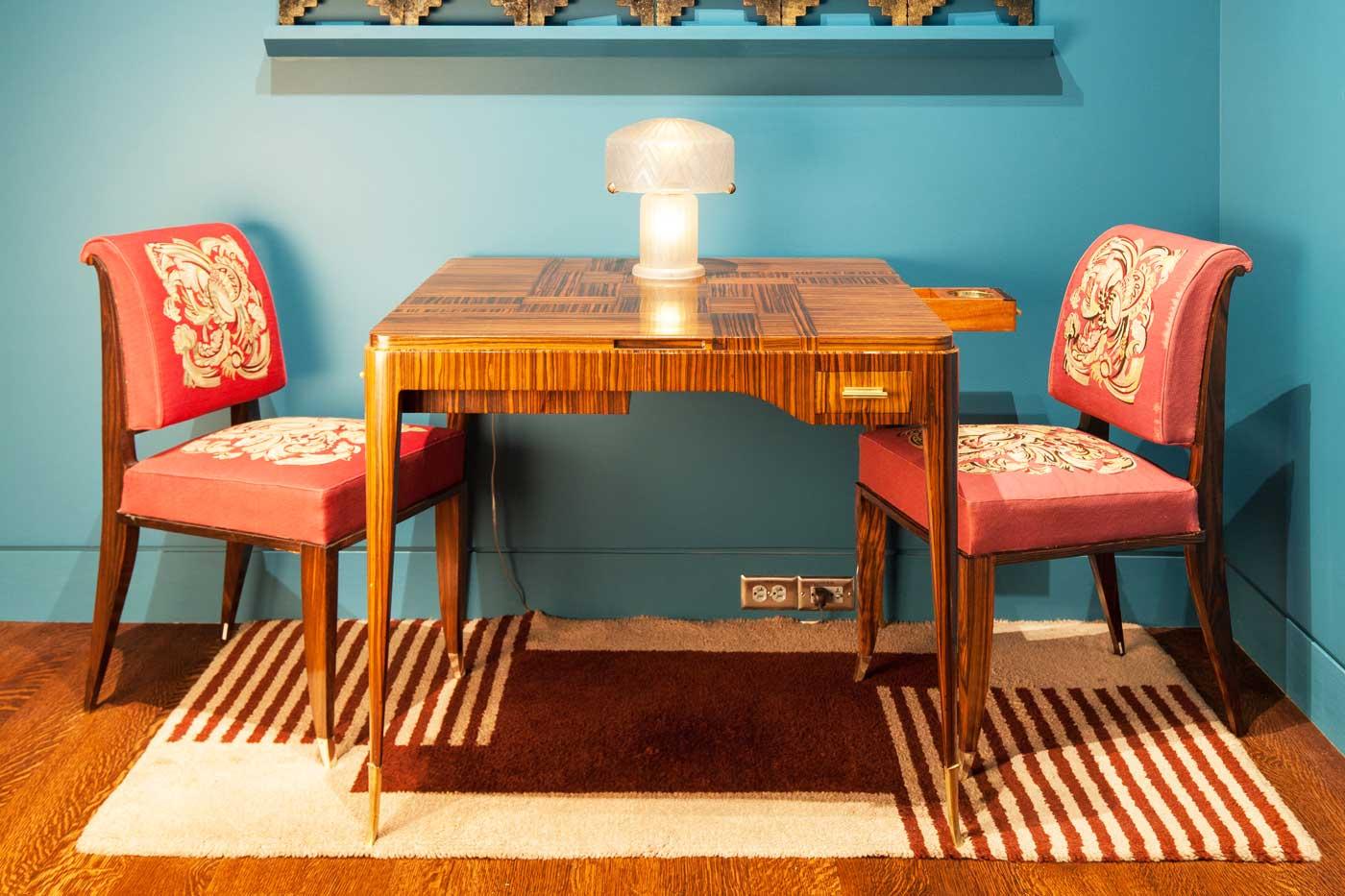
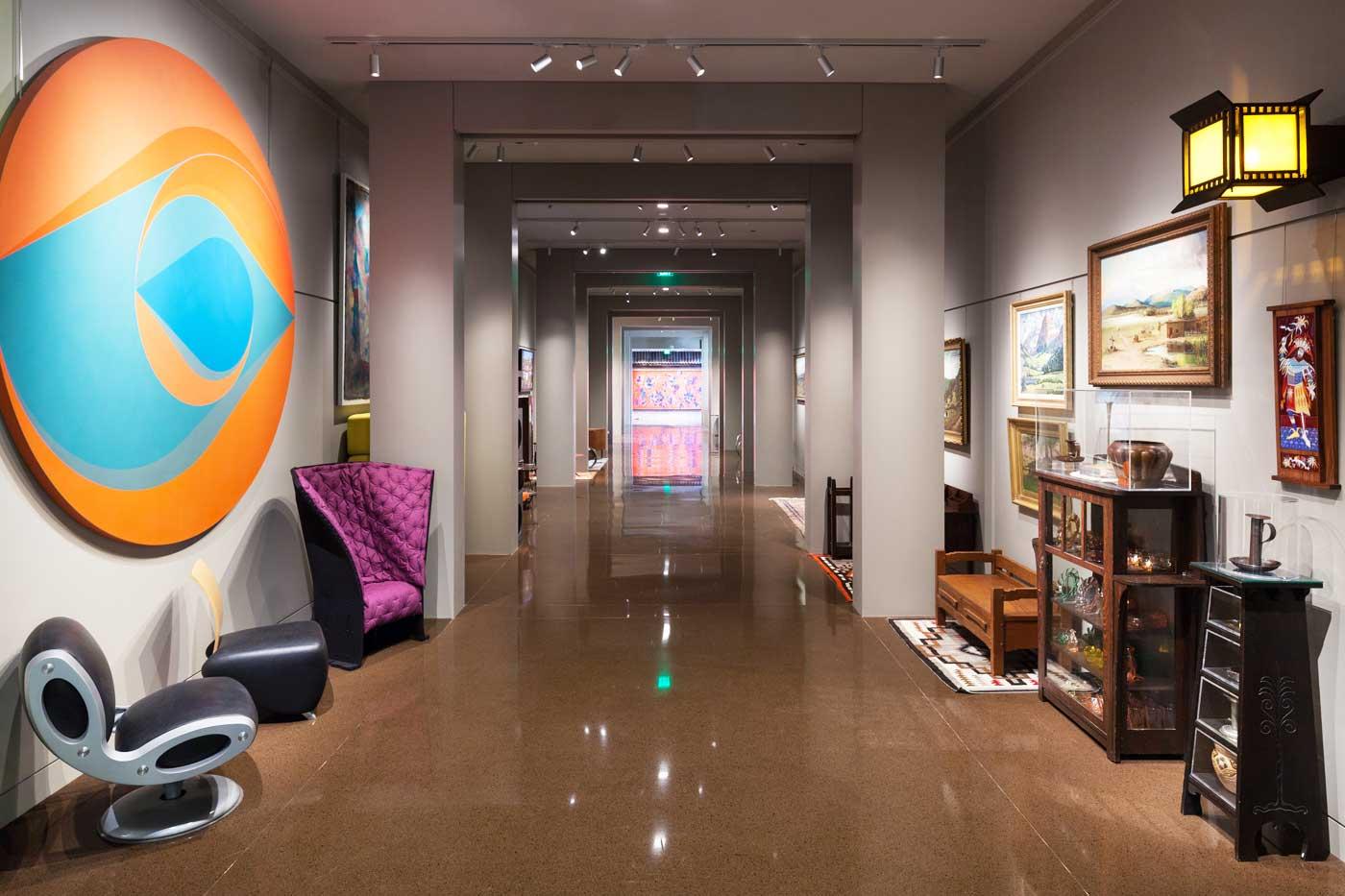




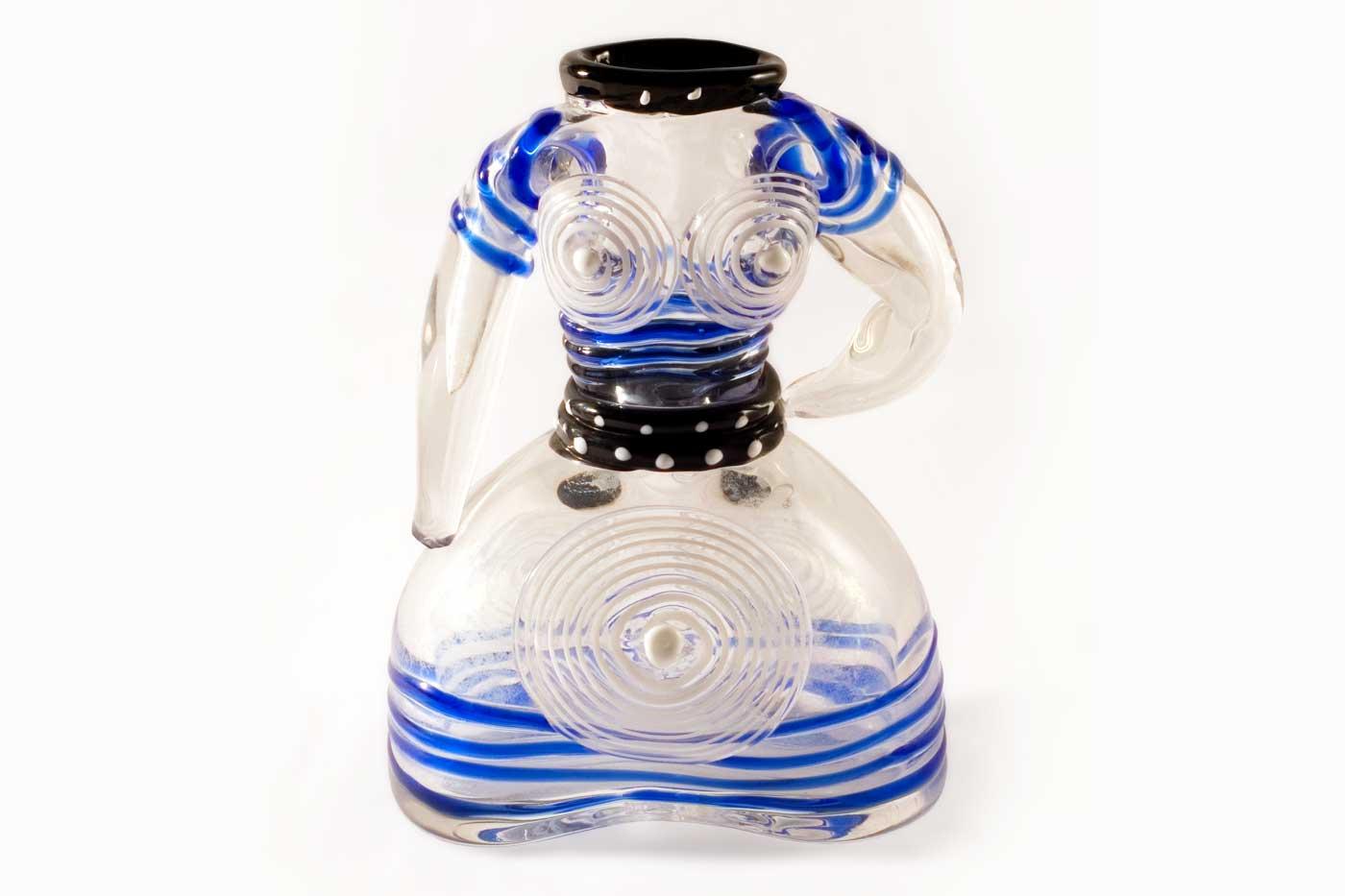


















![DEl Kathryn Barton [Australian b. 1972] the more than human love , 2025 Acrylic on French linen 78 3/4 x 137 3/4 inches 200 x 350 cm Framed dimensions: 79 7/8 x 139 inches 203 x 353 cm](/sites/default/files/styles/image_5_column/public/ab15211bartonthe-more-human-lovelg.jpg?itok=wW_Qrve3)


